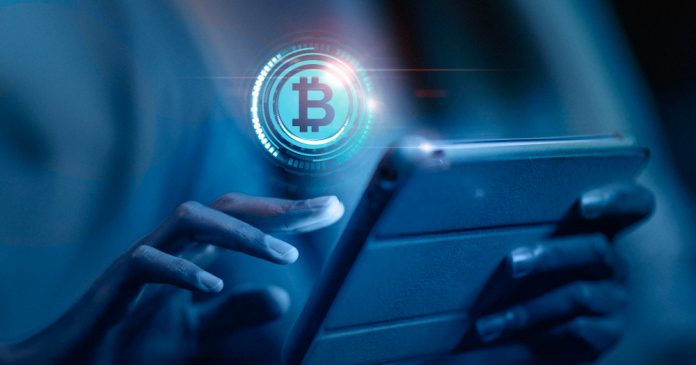- We have heard umpteen times about the adage necessity is the mother of all inventions. As humanity embraces newer and newer novel innovations on the back of revolutionary evolvement of information technology-driven solutions, people can access hitherto unimaginable ease of indulging in routine day-to-day transactions. The technology has impressively enabled several dynamic measures ushering in much needed simpler ways of governance from the earlier circuitous practices. Since information technology is the most dynamic in its evolution, all concerned stakeholders are keen to access, nurture, fine-tune, and introduce methodologies for convenience of monitoring as well as to eradicate the bane of corruption to a great extent.

PC: Rawpixel
- As such, the digitization efforts have been one of the most propagated initiatives for every government across the universe, and the Indian establishment to is not left behind in aggressively pursuing the same. One such instance was on full display during the recent Budget statement made by the Union Finance Minister that the Reserve Bank of India will issue digital rupees during 2022-23. Remember, it’s a reiteration of a 2017 suggestion by the Government of India’s high-level inter-ministerial committee that asked RBI to introduce its own central bank digital currency (CBDC). As you are aware, a CBDC is a digital form of paper currency. Holders of CBDC will be allowed to transfer money digitally instead of handing over currency notes.
- Note that globally pilot projects on CBDC have been underway since 2014. However, progress is slow because it is believed that this seemingly simple innovation can have unforeseen consequences. India today is one of the 50 odd monetary jurisdictions with a digital retail payment system that runs 24/7 and transfers are near real-time. Further, RBI’s pilot survey on retail payments done in six cities over December 2018 and January 2019 showed that digital payments were catching on fast. Of course, the demonetization move hastened this process as well. It is reported that digital payments have been growing at over 50% over the last five years. The trend is clear on an upper curve.

PC: Jcomp
- From a user’s standpoint, there is no real incentive to switch to a CBDC as a growing proportion of retail transactions are already done digitally. Nonetheless, a CBDC is not just another digital payment option for RBI since it implies a banking system that is not entirely clear. There are relevant questions that remain unanswered. If there is a partial shift away from bank deposits to CBDCs, what are the implications for the role of banks in credit creation? By extension, what is the implication for monetary policy? As the central bank closely scrutinizes subordinate banks world-over, what will be the possible hurdles encountered?
- Many central banks globally are still studying both their need and potential impact on their respective economy. Make no mistake, what is being argued here is not against the introduction of a CBDC per se. Rather, it is about the need to be flexible about deadlines in this endeavour. CBDCs may be inevitable in due course of time but the need for RBI to cover all the possible risks is non-negotiable. In conclusion, the timeline being proposed should remain flexible going forward.






